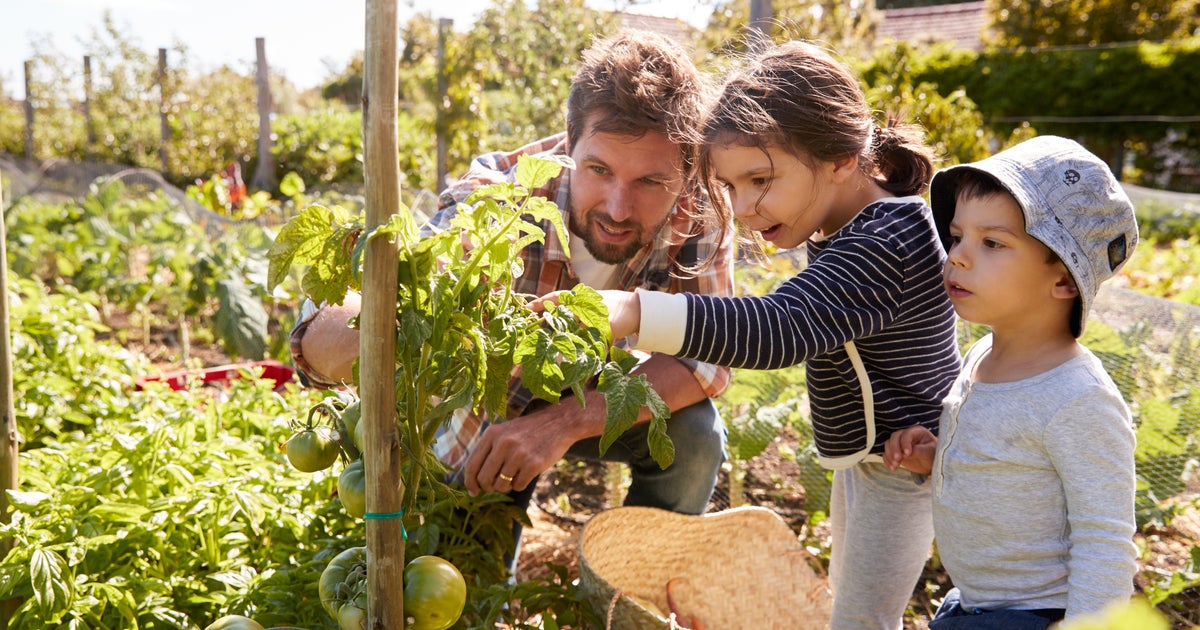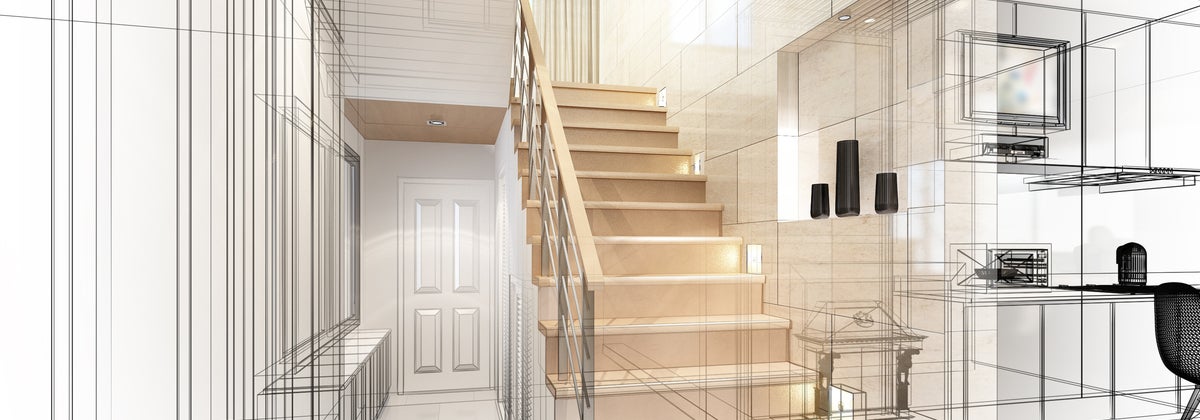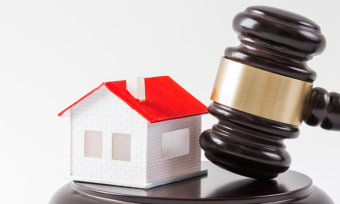Homes are meant to be lived in. And for the best experience of life at home, good design is essential. Those who build a new home encounter no shortage of options to choose from in the way of selections, finishes and stylistic touches. But good home design goes even deeper than that. For the sound design of a sustainable home is also good for the planet.
The increasing choice of environmentally friendly products and techniques is causing a shift in the way that architects, designers and builders approach residential construction.
And, best of all, choices that benefit the health of our natural surroundings can also impact the long-term health of our bank accounts, too. This post serves as a primer for those considering the impact of sustainable building practices. If you’re keen to learn more about building a sustainable home, read on!
What do we mean by a sustainable home?
Before we begin, let’s clarify what we mean by sustainable. In terms of a sustainable home, it means that the dwelling has been designed and built with ecological and environmental concerns in mind. Decisions in the process emphasise a responsible approach to building and a low-impact, low-consumption approach to living and ongoing upkeep.
In any building project, there are many considerations to be made when the aim is to keep the quality high and its ecological impact low. Sustainability works its way into nearly every aspect of the home.
Each build starts with the same thing: land. And certain choices maximise the potential of the property’s ability to become a sustainable home. Environment considerations include, the:
- Home’s dimensions
- Orientation of the house on its site
- Impact of the house on the surrounding area
A typical example is the aspect of the home in regards to the sun. A north-facing home can incur certain benefits over an east- or west-facing property, which can be either over- or under-exposed to natural light and warmth.

Sustainable home: Homestar ratings
When it comes to materials, the huge range of options available requires a level-headed and experienced approach, informed by both your budget and desired outcome. But before digging into the different types of material options, it’s worth understanding how products are scored in New Zealand.
You may have heard of the New Zealand Green Building Council’s Homestar ratings. This scoring system is how inspectors evaluate homes for their level of efficiency, which is an important factor when it comes to sustainable homes.
A home can score anywhere between one and ten on the Homestar rating system: one being the lowest and most inefficient, and ten being the highest and most efficient. When designing and building a home, if sustainable choices have been made to earn a particular star rating, an inspector will assess the home to see how it rates against an extensive set of criteria.
Most new homes built to the specs of the NZ Building Code will score between three and four on the Homestar ratings, without too much further consideration given to efficiency. A score of six or higher denotes that a home is beginning to make positive differences for the environment and the homeowner.
A score of ten is the pinnacle of sustainable achievement and earns the home the title of a Superhome. Only a few select architects are certified to design and appoint a Superhome, which makes them the ultimate in bespoke design.
Sustainable home: designed to be efficient
So, what do we mean by efficient? One of the most significant factors in the efficiency of a home is the nature of its thermal envelope. This describes the level at which a home’s insulated areas retain atmospheric conditions within. In simple terms: how well the home stays warm in the winter and cool in the summer.
A considerable portion of this value has to do with the insulation utilised. The elimination of thermal bridges (areas where heat can transfer or leak out of the home, from foundation to roof) contributes to the warmth of a home and the amount of energy needed to keep it that way. Conversely, the orientation of a house to shade or sunlight can prevent overheating, reducing the need for air-conditioning.
Here are some other examples of methods used in the design and building of sustainable homes:
- Low-emissivity (low-E) glass recessed windows insulate and retain heat and cool more effectively. These windows have a microscopically thin, transparent coating that reflects heat. This enables light and heat to pass in one direction only, allowing glazing to be selected that keeps you warmer in winter or cooler in summer
- High-efficiency heating systems use less natural resources to keep a home comfortable and warm
- Renewable energy technologies, such as solar power and water retention systems, allow the home to produce and collect energy and consumables
- Water-efficient wet areas and drainage with specific levels of water pressure ensure that water usage remains low
- Energy-efficient appliances and electronics consume less energy and place fewer demands on the grid, thus reducing the carbon footprint of the home
- Gardens that produce food and the use of native flora contribute to ecological stability
These are just a handful of the many considerations that play into a sustainable approach to building. But it all begs the question: how does it affect the cost of a new home?
It’s no doubt that sustainability comes with a higher price tag, in some cases, much higher. Each situation requires a fresh approach. And, in many cases, new build purchasers will design a home that meets code while adding some efficient features as they can afford them, which is a logical approach.
But, at the same time, for those who invest in high-efficiency design and products, the green they spend upfront ultimately saves them some green in the long run. And keeps the green around them, well, green.






Share this article